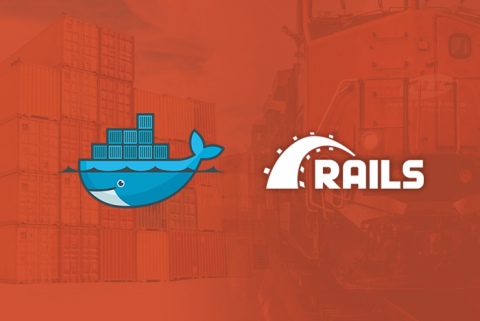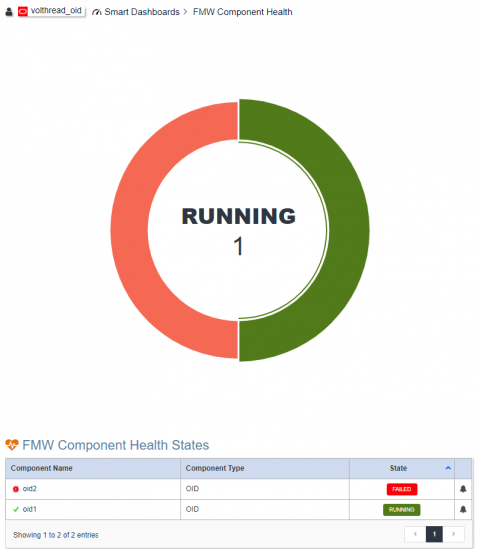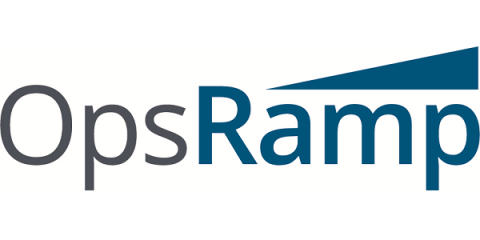Operations | Monitoring | ITSM | DevOps | Cloud
Latest News
Building Docker Containers for our Rails Apps
In a recent post, we talked about Docker containers, and what you should know about them. Hopefully we cleared up any confusion you might have had about the Docker ecosystem. Perhaps with all that talk, it got you thinking about trying it out on one of your own applications? Well in this post we’d like to show you how easy it is to take your existing Ruby on Rails applications and run them inside a container.
AIOps Exchange 2019: Reflections on the Event
Oracle Internet Directory Component Monitoring
Recently we have published an article about “New Release WLSDM 3.7.1 and WL-OPC 1.2.0 is common available!”. In this blog, we will examine the changes in OID 11g and 12c and how to track the component’s health through WLST and WLSDM. Please read complete blog post about the structure of Oracle Internet Directory and related OID component monitoring in WLSDM.
Squad Talks: Madhu Kumar
Key Features to Consider When Evaluating an Enterprise Kubernetes Solution
Digital transformation across industries is driving the need for IT to enable cloud-native applications. This has led enterprises to adopt Kubernetes as the most effective way to support cloud-native, container-based architectures, and to modernize their applications and IT infrastructure. Organizations of all sizes are looking to take advantage of Kubernetes – for both greenfield applications and for re-architecting and modernizing legacy applications.
What Automation Can Learn From DevOps, and Why the Future is Automation With Iteration
A recent survey from Capgemini revealed that while enterprise-scale automation is still in its infancy, IT automation projects are moving along (below). IT is starting to view automation less tactically, and more strategically.
Rack Mini Profiler: A Complete Guide on Rails Performance
Ruby on Rails makes writing web applications a pleasure. It’s a powerful and intuitive platform, built on an equally powerful and intuitive language. But that doesn’t mean it’s not worth taking the time to check your code for bottlenecks and performance problems before you ship. In this post, I’ll cover how to use Rack Mini Profiler to profile your Rails application.
11 amazing prototyping tools in 2019: choose the one for your needs
The first impression means a lot. The way how users perceive software has a direct impact on whether they will use this software or not. Therefore, the building of prototypes is very important for UI/UX design. Well, today, designers have many useful tools they can apply successfully to turn mockups into prototypes that may show the real value of web or mobile app. In this article, we will list the most popular prototyping in 2019, and we will divide them into free and paid ones. Let’s go!











